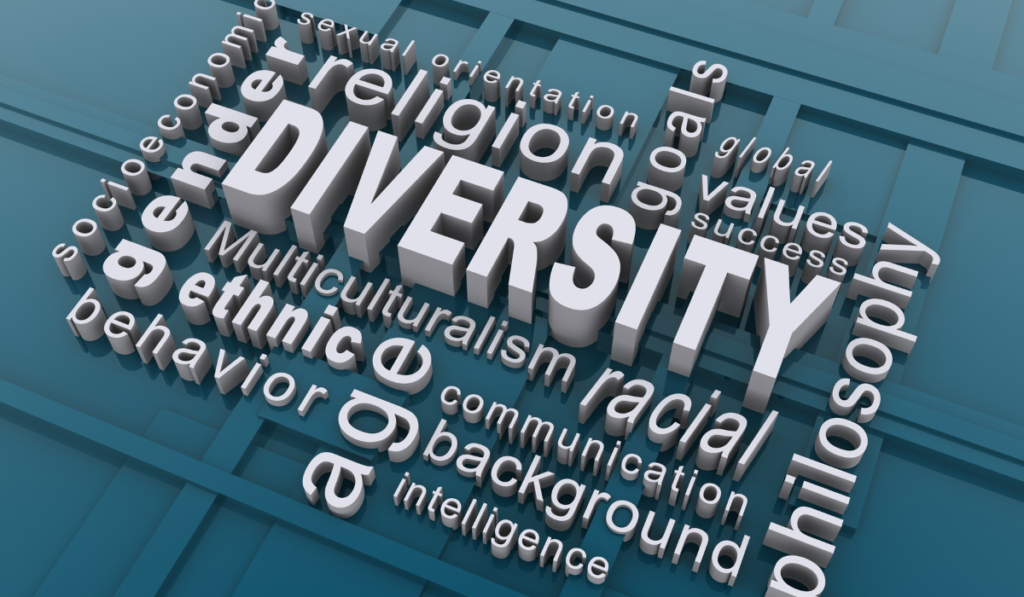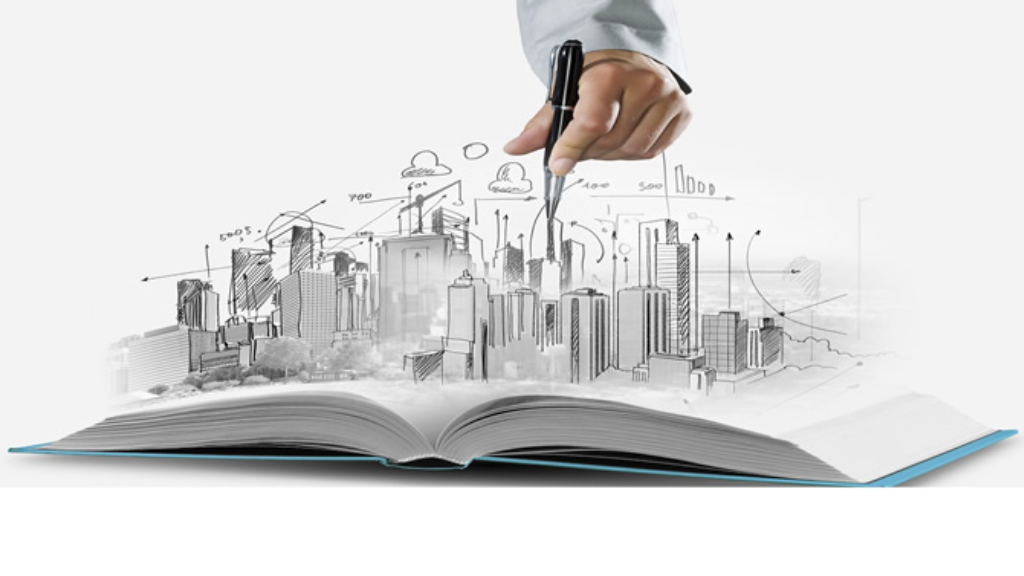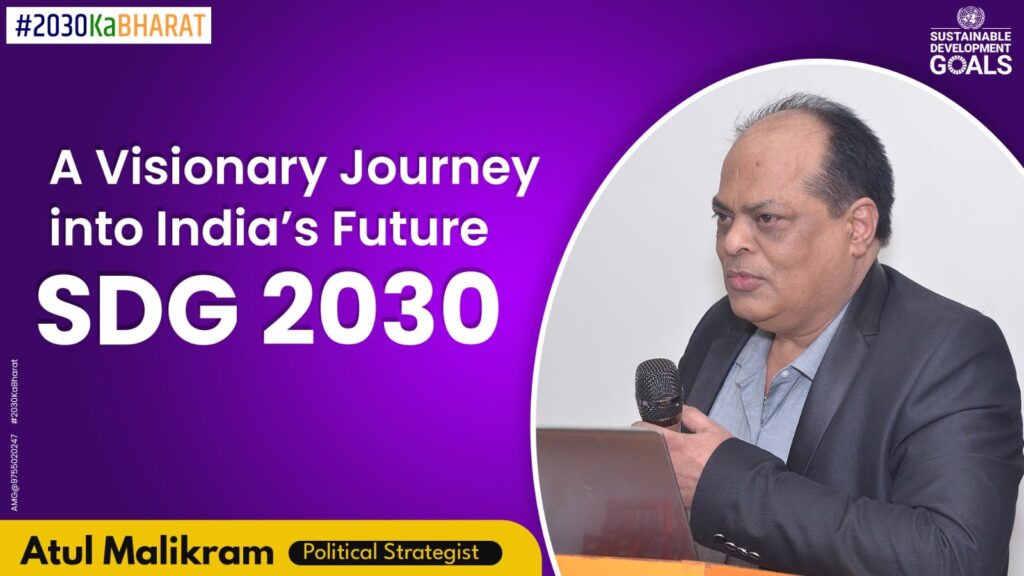Introduction: The Road to 2030 Ka Bharat
Welcome to the world of 2030KaBharat (SDG Goals) a land where the past intertwines with the future, and where the dreams of billions are being crafted into reality. As we embark on this visionary journey, we will traverse through the diverse landscapes, cultures, and aspirations that define the India of tomorrow. In this article, we will delve deep into the various facets of 2030 Ka Bharat, exploring its remarkable transformation, the challenges it faces, and the boundless opportunities that lie ahead.
The Dynamics of 2030 Ka Bharat
What makes 2030 Ka Bharat (SDG Goals) so intriguing is its dynamic and ever-evolving nature. The India of 2030 is not just a destination; it’s a journey that is already well underway. Here’s a glimpse into the key dynamics shaping this transformation:

1. Technology: The Digital Revolution
In 2030 Ka Bharat (SDG Goals) technology isn’t just a tool; it’s the backbone of progress. With a burgeoning tech industry, India has emerged as a global innovation hub. Here’s what you need to know:
- AI Everywhere: Artificial Intelligence is no longer a buzzword. It’s seamlessly integrated into everyday life, from smart cities to personalized healthcare.
- The Rise of Startups: India boasts a thriving startup ecosystem, giving Silicon Valley a run for its money. Unicorns are born almost every month!
- Digital Literacy: In 2030, even the remotest villages are connected, thanks to affordable internet access. Digital literacy is a fundamental skill.
2. Socio-Cultural Diversity: Unity in Plurality
One of the most beautiful aspects of 2030 Ka Bharat (SDG 2030) is how it embraces its diversity. The country’s cultural tapestry remains intact while evolving with the times:
- Cultural Renaissance: Ancient art forms, from classical music to traditional crafts, are thriving, and fusion art is on the rise.
- Languages Unite: With increased linguistic diversity, language preservation movements are stronger than ever. Translation technologies make India truly multilingual.
- Festivals Galore: The festivities in 2030 are grander than ever, with festivals of every religion celebrated with zeal and harmony.
3. Economy: A Global Powerhouse
In 2030, India has solidified its position as a global economic powerhouse. The nation’s economic landscape is marked by:
- Manufacturing Might: “Make in India” has evolved into “Made in India,” with a plethora of homegrown brands conquering international markets.
- Service Sector Domination: The services industry, including IT and hospitality, has witnessed exponential growth, generating millions of jobs.
- Sustainable Practices: Sustainability isn’t a buzzword; it’s a way of life. India is leading the world in renewable energy adoption.
4. Environmental Consciousness: A Greener Tomorrow
2030 Ka Bharat (SDG 2030) acknowledges the importance of preserving the environment for future generations. Key highlights include:
- Clean Energy Revolution: Solar and wind power dominate the energy landscape, reducing India’s carbon footprint.
- Green Initiatives: Reforestation projects and eco-friendly practices are widespread, rejuvenating India’s lush forests.
- Waste Management Innovation: Innovative waste management solutions have made India cleaner than ever before.

Challenges on the Road to 2030
While the future looks promising 2030 ka Bharat (SDG Goals) isn’t without its share of challenges. As we explore this visionary India, we must also acknowledge the hurdles it faces:
1. Infrastructure Development
- Urbanization Challenges: As cities grow, the pressure on infrastructure increases. Smart city initiatives are vital, but they require careful planning.
- Connectivity Gaps: While India has made significant strides in connectivity, remote areas still struggle with access to basic amenities.
2. Education
- Quality Education: Ensuring that quality education is accessible to all remains a challenge. Improving the education system is a priority.
- Skill Development: The job market is evolving rapidly, and equipping the workforce with the right skills is crucial.
3. Healthcare
- Healthcare Accessibility: While healthcare has improved, rural areas still face challenges in accessing quality medical services.
- Disease Management: Controlling diseases and outbreaks remains a priority for 2030 Ka Bharat (SDG 2030).
4. Socio-Economic Disparities
- Income Inequality: Bridging the income gap is essential for a prosperous future.
- Gender Equality: Achieving true gender equality is an ongoing struggle, but progress is being made.
Conclusion: Embracing the Future
As we conclude our journey into 2030 Ka Bharat (SDG 2030), one thing becomes abundantly clear: India’s transformation is not just a vision; it’s a reality in the making. The vibrant blend of tradition and innovation, the celebration of diversity, and the determination to overcome challenges define the India of tomorrow.
While 2030 Ka Bharat (SDG 2030) faces its fair share of obstacles, the nation’s spirit remains unwavering. The future holds endless possibilities, and with each passing day, India inches closer to realizing its potential as a global leader in technology, culture, and sustainability.
So, as we bid adieu to this glimpse into the future, let’s remember that the real journey of 2030 Ka Bharat (SDG 2030) has just begun. It’s a journey fueled by the aspirations, dreams, and hard work of its people — an incredible voyage where the past meets the future, creating a tapestry that is uniquely Indian and undeniably extraordinary.
Frequently Asked Questions (FAQs)
Q1: How has technology transformed India in 2030?
In 2030 Ka Bharat (SDG 2030), technology is the driving force behind India’s progress. From AI integration in daily life to a thriving startup culture, technology has reshaped every aspect of society.
Q2: What makes India’s cultural diversity unique in 2030?
India’s cultural diversity remains a source of pride and strength in 2030. The nation celebrates its rich heritage while embracing new art forms and languages, fostering unity in plurality.
Q3: What challenges does India face on its journey to 2030?
While the future looks bright, India grapples with infrastructure development, education, healthcare accessibility, and socio-economic disparities. Addressing these challenges is crucial for a successful transformation.
Q4: How has India embraced environmental consciousness in 2030?
In 2030 Ka Bharat (SDG 2030), environmental consciousness is a way of life. India leads in clean energy adoption, reforestation, and innovative waste management practices to create a greener tomorrow.
